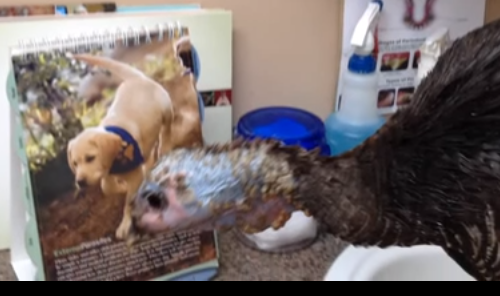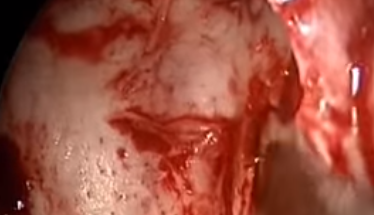In this lecture, Dr. Hooper introduces us to the fascinating world of human gut microbiota; the microorganisms that live within our bodies. Although we may think that most bacteria are harmful, Hooper provides ample evidence that symbiotic gut microbes are important to good human health. Her lab is interested in understanding how the gut microbiota changes during illness or disease and how it influences our ability to fight infections. Using germ-free mice, they were able to demonstrate that a healthy gut microbiota can shape development of the host immune system and provide protection against dangerous infections like salmonella.
In the second part of her talk, Hooper explains how the balance of organisms in the gut microbiota is maintained. By comparing DNA microarray data from normal mice and germ-free mice, Hooper’s lab was able to look for genes induced by the gut microbiota. They identified RegIIIγ, an important protein involved in the protection against pathogenic bacteria. They showed that RegIIIγ forms pore complexes in the membranes of gram-positive bacteria and kills them. In mice and humans, the intestinal epithelium is coated with a layer of mucus. Typically, there is a gap between gut bacteria, which are found in the outer part of the mucus layer, and the epithelial cells. Hooper’s lab showed that RegIIIγ helps to maintain this gap by preventing gram-positive bacteria from colonizing the intestinal epithelial surface. This, in turn, prevents infection of the host.
![]()
Speaker Bio
Although she always was interested in science, Lora Hooper’s love for biology started after taking an introductory class at Rhodes College in Memphis, TN where she was an undergraduate. Hooper continued her graduate education in the Molecular Cell Biology and Biochemistry Program at Washington University in St. Louis where she joined Jacques Baenziger’s lab. For postdoctoral training, she stayed at Washington University, in the lab of Jeffrey Gordon, where she began her studies of the interaction between gut bacteria and host cells and discovered that bacteria have the capacity to modify carbohydrates important for cell signaling.
Currently, Hooper is a Professor of Immunology at The University of Texas Southwestern Medical Center and a Howard Hughes Medical Institute Investigator. She has established one of the handful of mouse facilities that have the capacity to breed germ-free mice. Using these mice, her lab explores the symbiotic relationship between a host and its microbiota with the aim of providing insight into human health.
Hooper was a recipient of the Edith and Peter O’Donnell Awards in 2013 and in 2015 she was elected to the National Academy of Sciences.
Learn more about Lora Hooper at http://hooperlab.org/ and http://www.hhmi.org/scientists/lora-v-hooper
http://www.ibiology.org/ibioseminars/maintaining-host-microbe-symbiosis-part-2.html
Medical and Patient education videos
-
Title
Description
-
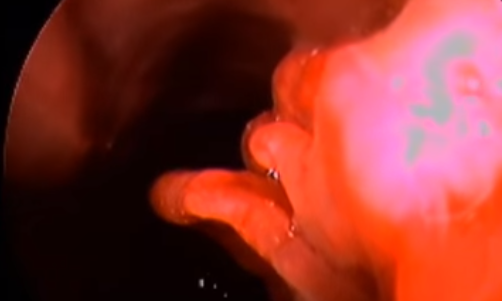
Nasal aspergillosis in 8 years old dog with sneezing, reverse sneezing and epistaxis. After rhinoscopy the nasal cavity was flooded with 10% enilconazole solution during 60 min. We had to change the type of scope to clean the fungal plaque over the caudal recess of the right frontal sinus.
-

Published on 31 Jan 2015 Dr Gemma Johnson, Public Health England
-

Published on 10 Jul 2014.
Patient information video outlining the role of antibody testing in the management of Aspergillosis
-
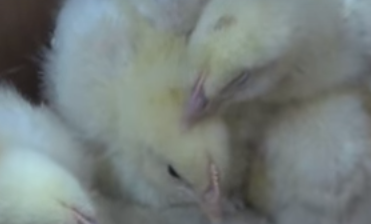
Published on 2 Nov 2013.
Gasping is a typical sign of aspergillosis in chicks.
-
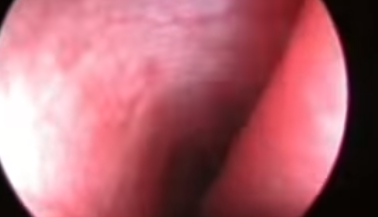
Published on 4 Apr 2013.
Placa micótica sobre cornete etmoidal con destrucción de turbinado. Perra mestiza de 9 años de edad con descarga nasal unilateral muco-sanguinolenta.
[Mycotic plate on ethmoid turbinate with tissue destruction. Bitch, 9 years old, nasal unilateral discharge.]
-

Published on 27 May 2013.
Paper presented at the Annual Meeting of the Lebanese Pulmonary Society – Mövenpick Hotel – April 24th to 27th, 2013 – Beirut – Lebanon Conférence présentée lors du Congrès annuel de la Société Libanaise de Pneumologie – Hôtel Mövenpick – 24 au 27 avril 2013 – Beyrouth – Liban
-

Moffe is a dog that got well from Nasal Aspergillosis. He is a collie, born with a brain damage, as has been documented with cerebral CT scan, he is blind at one eye and deaf at one ear, he is scared of strange places and slippery floors, and is skinny with poor appetite. When he was 7 years old, he was diagnosed with gingivitis and nasal Aspergillosis. According to scientific papers, Aspergillosis is hard to treat, and the veterinaries strongly recommended euthanasia. However, a dentist veterinarian proposed to try to retract some teeth. After this, he recovered. He did not receive any treatment for the Aspergillosis besides retraction of teeth. Now, more than two years ago, he has not had any more problems with his nose or his teeth. I hope this information could be of interest to other owners of dogs with Aspergillosis.
-

Fighting the agile aspergillosis by David Denning

